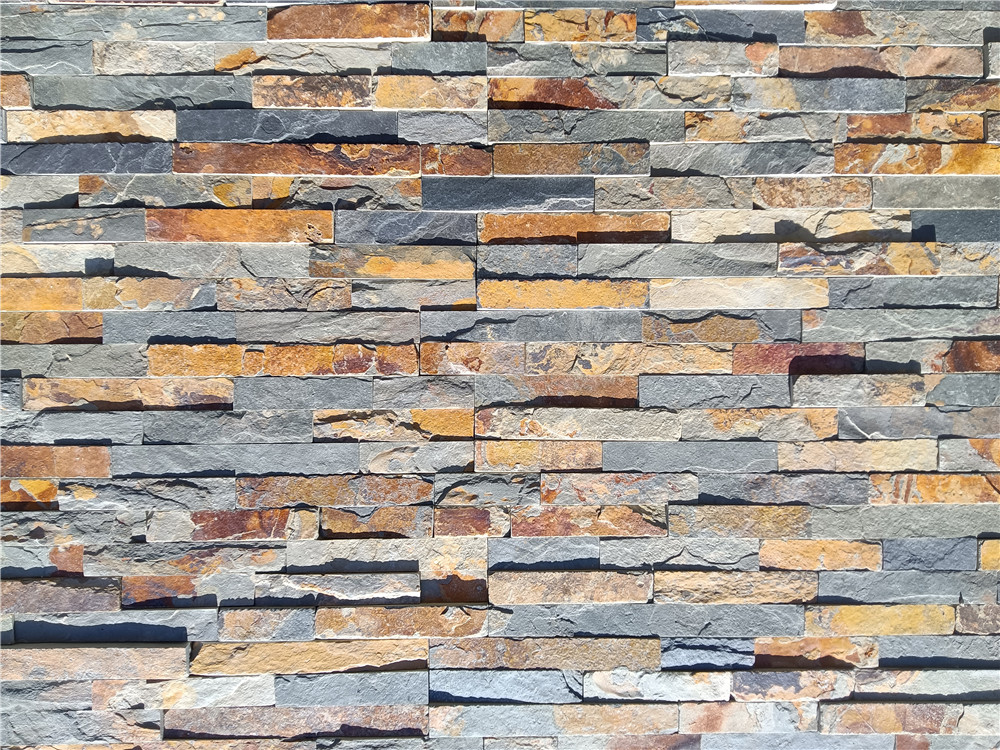Introduction
Travertine is a popular natural stone that has been used for centuries in various architectural and design applications. With its unique veining, warmth, and timeless appeal, travertine adds elegance and sophistication to any space. In recent years, a new alternative has emerged in the market - cultured travertine. This man-made product offers the beauty of natural travertine with added benefits in terms of durability, consistency, and sustainability.
This comprehensive guide will delve into the world of cultured travertine, exploring its production process, characteristics, applications, and benefits. By the end of this article, you will have a thorough understanding of what cultured travertine is and why it has become a favored choice for designers, architects, and homeowners alike.
Production Process of Cultured Travertine
Cultured travertine is a man-made product that replicates the look and feel of natural travertine through a carefully controlled production process. Cultured stone patio designs manufacturing of cultured travertine involves a combination of natural materials and innovative technology to create a high-quality product that mimics the beauty of natural stone.

The primary components used in the production of cultured travertine include limestone, cement, and pigments. These materials are mixed together to form a slurry that is poured into molds to create tiles, slabs, or other desired shapes. During the curing process, the slurry hardens and takes on the appearance of natural travertine, complete with the characteristic veining and color variations.
One of the key advantages of cultured travertine is the ability to control the consistency of the final product. Unlike natural stone, which can vary in color and veining from one piece to another, cultured travertine offers a uniform appearance that is easier to match and install. This consistency makes it an ideal choice for large-scale projects where uniformity is essential.
Characteristics of Cultured Travertine
Cultured travertine shares many of the same characteristics as natural travertine, making it a desirable alternative for those seeking the look of natural stone without the drawbacks. Some of the key characteristics of cultured travertine include:
1. Appearance: Cultured travertine closely resembles natural travertine in terms of color, veining, and texture. The intricate patterns and earthy tones of natural travertine are faithfully replicated in cultured travertine, creating a luxurious and sophisticated finish.
2. Durability: Cultured travertine is a durable material that is resistant to scratches, stains, and heat. Unlike natural stone, which can be porous and prone to etching, cultured travertine is more resilient and easier to maintain.
3. Versatility: Cultured travertine is available in a wide range of shapes, sizes, and finishes, making it suitable for a variety of applications. Whether used for flooring, countertops, walls, or backsplashes, cultured travertine adds a touch of elegance to any space.
4. Sustainability: Cultured travertine is an environmentally friendly option compared to natural stone, as it requires less energy and resources to produce. By opting for cultured travertine, consumers can reduce their carbon footprint while still enjoying the beauty of natural stone.
Applications of Cultured Travertine
Cultured travertine is a versatile material that can be used in a wide range of applications, both indoors and outdoors. Its durability, consistency, and aesthetic appeal make it a popular choice for residential and commercial projects alike. Some of the common applications of cultured travertine include:
1. Flooring: Cultured travertine tiles are a popular choice for flooring due to their durability and timeless beauty. Whether used in entryways, kitchens, bathrooms, or living areas, cultured travertine adds a touch of luxury to any space.
2. Countertops: Cultured travertine countertops offer a sophisticated alternative to natural stone surfaces. With their heat and stain-resistant properties, cultured travertine countertops are a practical and stylish choice for kitchens and bathrooms.
3. Wall Cladding: Cultured travertine is often used as wall cladding to add texture and visual interest to interior and exterior walls. Whether used as a feature wall in a living room or as an accent on a fireplace surround, cultured travertine creates a striking focal point.
4. Backsplashes: Cultured travertine backsplashes are a popular choice for kitchens and bathrooms, adding a touch of elegance and warmth to the space. The natural veining and subtle colors of cultured travertine complement a variety of design styles.
Benefits of Cultured Travertine
The rise of cultured travertine in the market can be attributed to a myriad of benefits that this man-made product offers over natural stone alternatives. Some of the key benefits of cultured travertine include:
1. Cost-Effective: Cultured travertine is often more affordable than natural stone, making it a cost-effective choice for budget-conscious consumers. With its consistent quality and durability, cultured travertine provides excellent value for money.
2. Consistency: Unlike natural stone, which can vary in color and veining, cultured travertine offers a consistent appearance across all pieces. This uniformity makes it easier to match and install, resulting in a seamless finish.
3. Durability: Cultured travertine is a durable material that is resistant to scratches, stains, and heat. Its hardwearing properties make it ideal for high-traffic areas and spaces prone to moisture and spills.
4. Low Maintenance: Cultured travertine is relatively low maintenance compared to natural stone, requiring simple cleaning and occasional sealing to maintain its appearance. This ease of maintenance makes it a practical choice for busy households and commercial settings.
5. Sustainability: Cultured travertine is a sustainable option that requires fewer resources and energy to produce than natural stone. By choosing cultured travertine, consumers can reduce their environmental impact while still enjoying the beauty of natural stone.
In conclusion, cultured travertine is a versatile and aesthetically pleasing alternative to natural stone that offers a range of benefits in terms of durability, consistency, and sustainability. Whether used for flooring, countertops, walls, or backsplashes, cultured travertine adds a touch of elegance and sophistication to any space. With its ability to replicate the beauty of natural travertine while offering enhanced performance and value, cultured travertine has become a favored choice for designers, architects, and homeowners looking to elevate their interiors with a touch of luxury.
